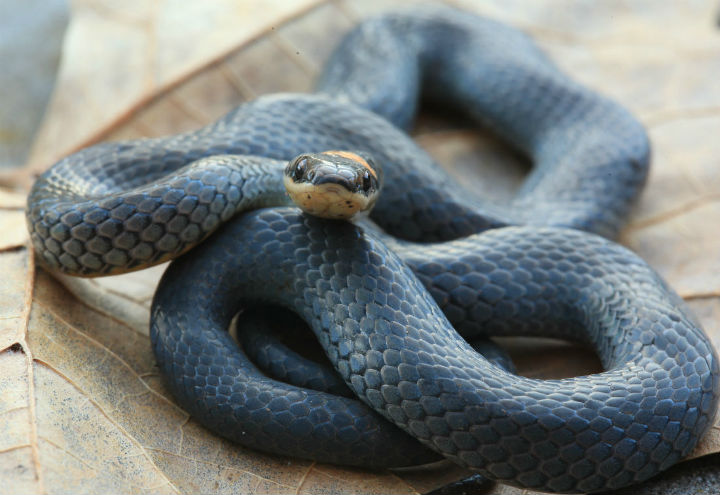SPRING TRIP TO CARTER CAVES, KENTUCKY
The weather was pleasant and mostly sunny during the Independence High School Biology Society's Spring Trip to Cater Caves, Kentucky at the end of April.
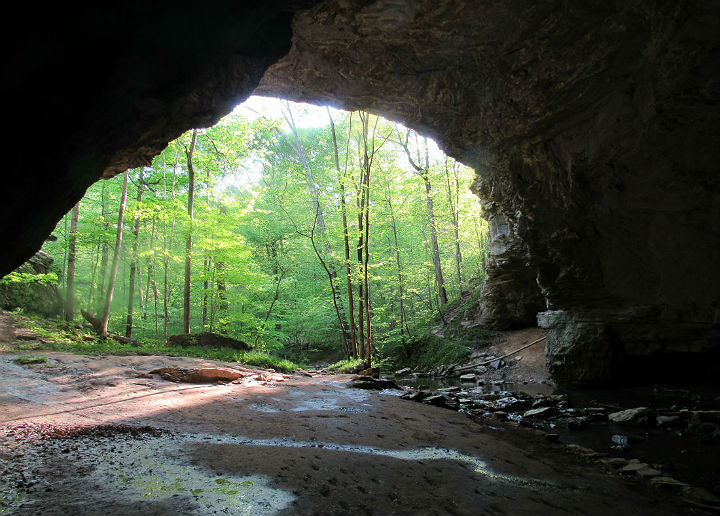
The Dusky Salamander is well named, for it is rather drab in color. It often resides in wooded or partially wooded moist habitats with a running source of water.
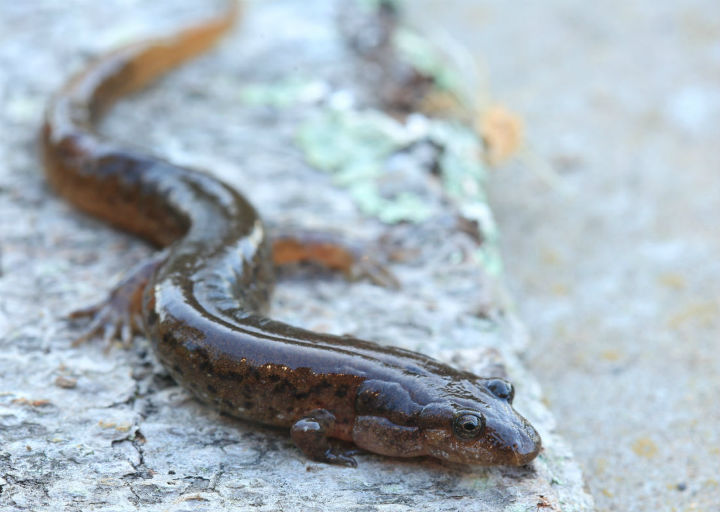
While many of the spring wildflowers were "past their prime," this Flowering Dogwood that was near where we stayed looked pretty good.
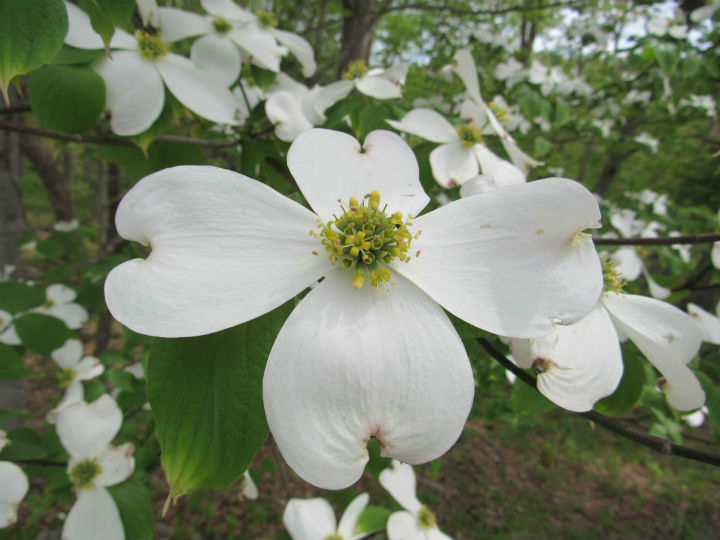
Five-lined Skinks were out and about on sunny days - this male is starting to get his orange breeding coloration.
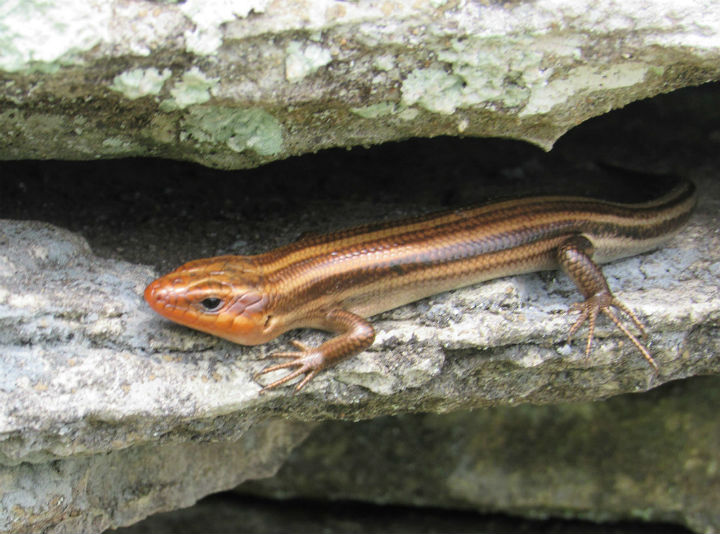
The Independence High School Biology Society on a morning hike.
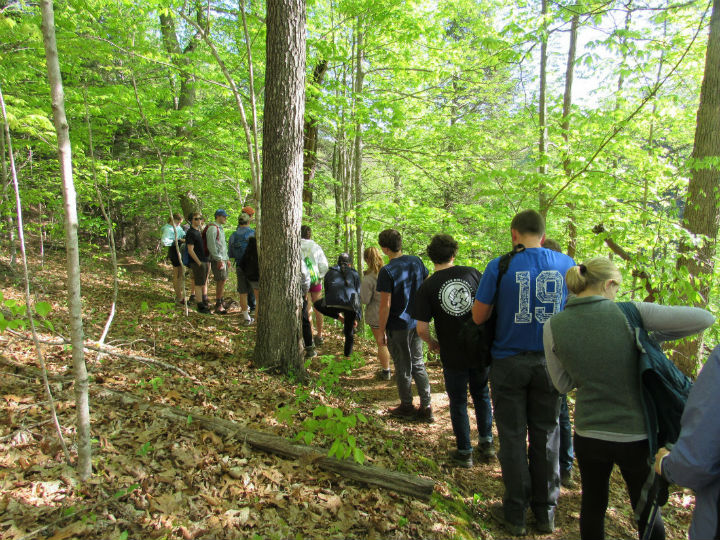
The first snake found on the trip was this tiny Northern Ringneck Snake, it's easy to see how this species gets its common name.
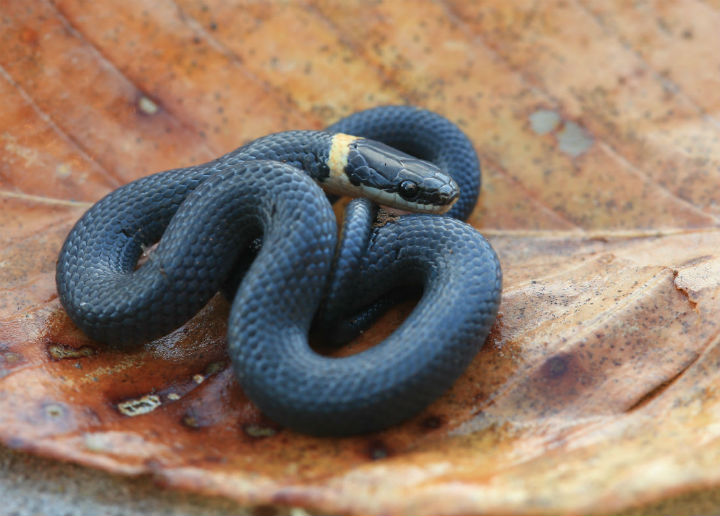
Slimy Salamander - this amphibian might be better named if it were called the "Sticky Salamander," because it secretes a glue-like substance from its skin when threatened.
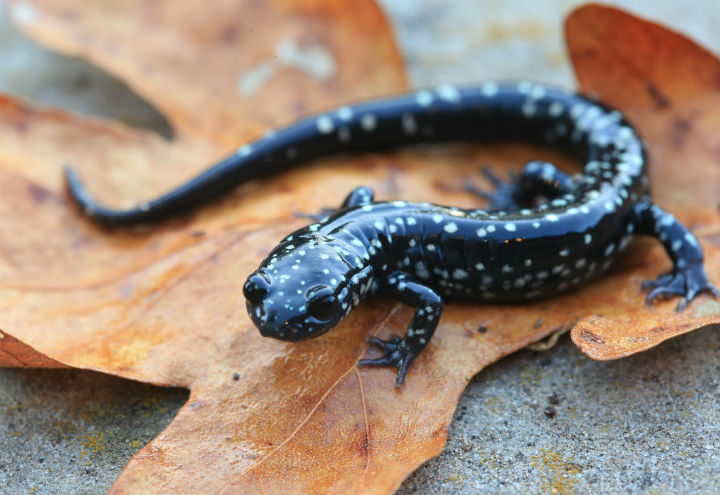
One of the several types of spring wildflowers that were in bloom - Iris.

Eastern Fence Lizards have overlapping, pointed scales and are part of a large family of reptiles known as Spiny Lizards. They are also commonly called "swifts" because of their speed (though this one lost its tail to a predator).
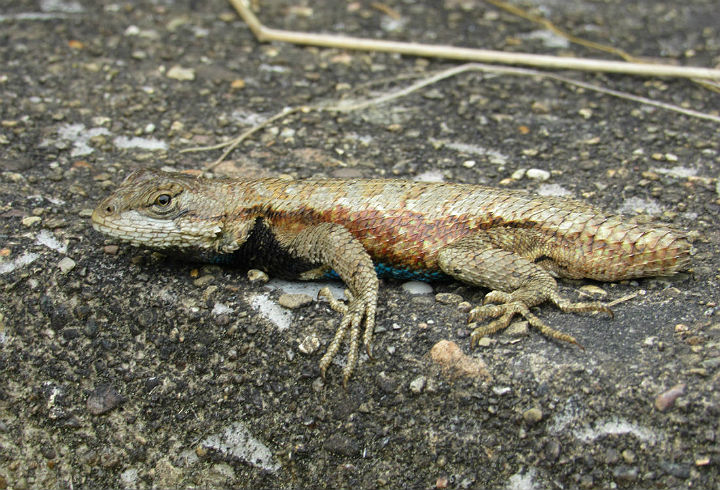
The largest millipede in the land - American Giant Millipede.
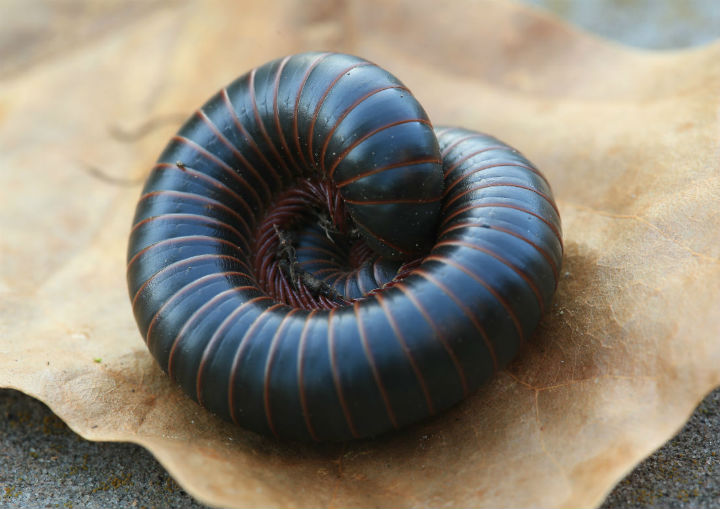
The Stinkpot is a cantankerous turtle that can release a foul smell if significantly disturbed.
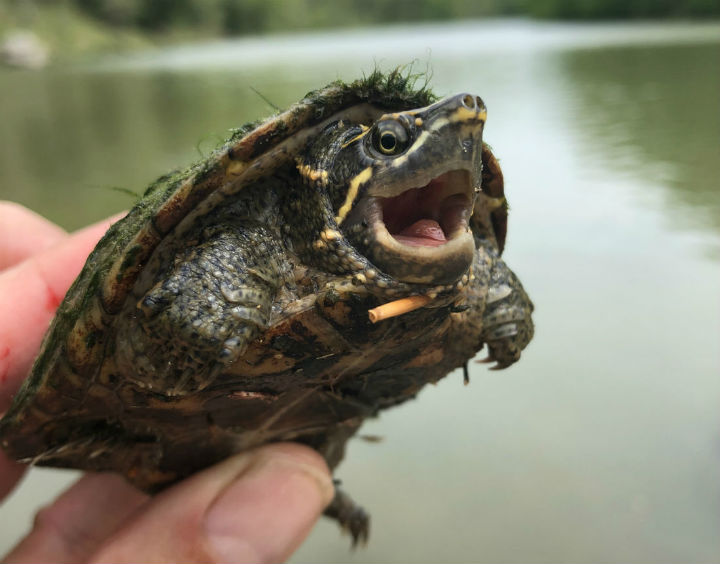
The Independence High School Biology Society before a cave tour.
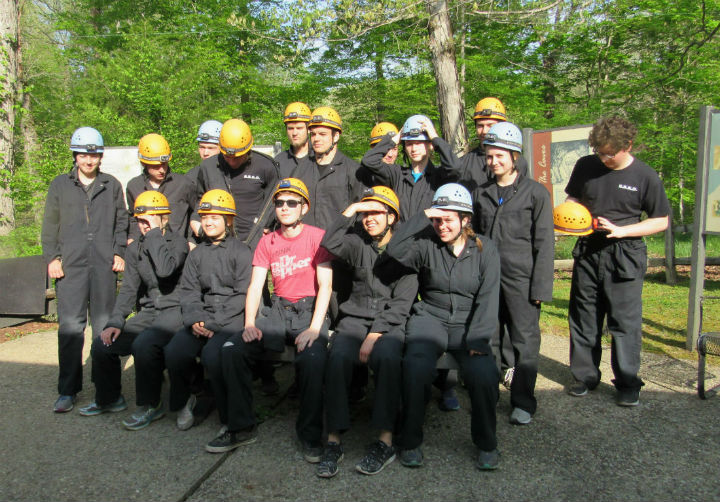
The Independence High School Biology Society after a cave tour.
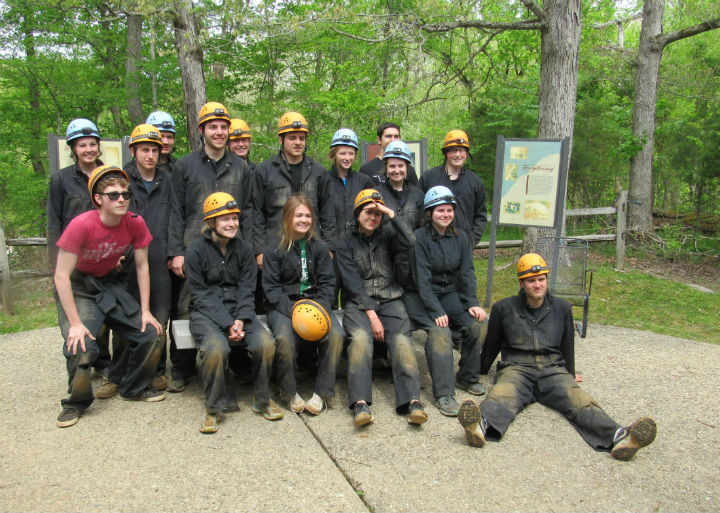
The elegant Longtail Salamander is aptly named, as its tail comprises 60-65% of its total length (up to 9 inches).
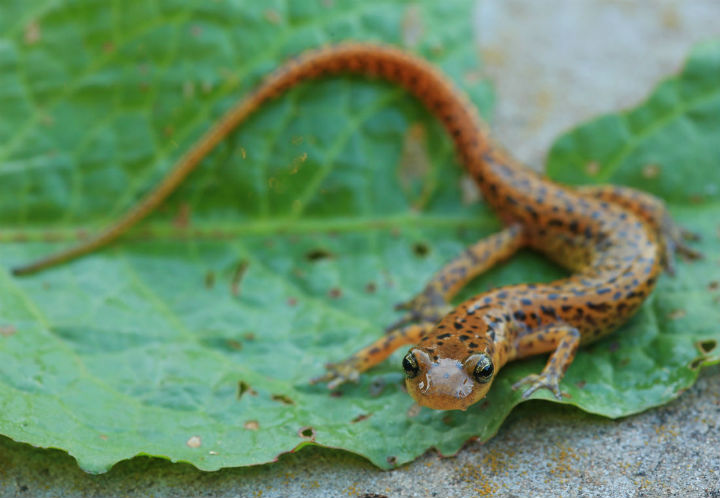
An American Toad seen on one of our hikes.
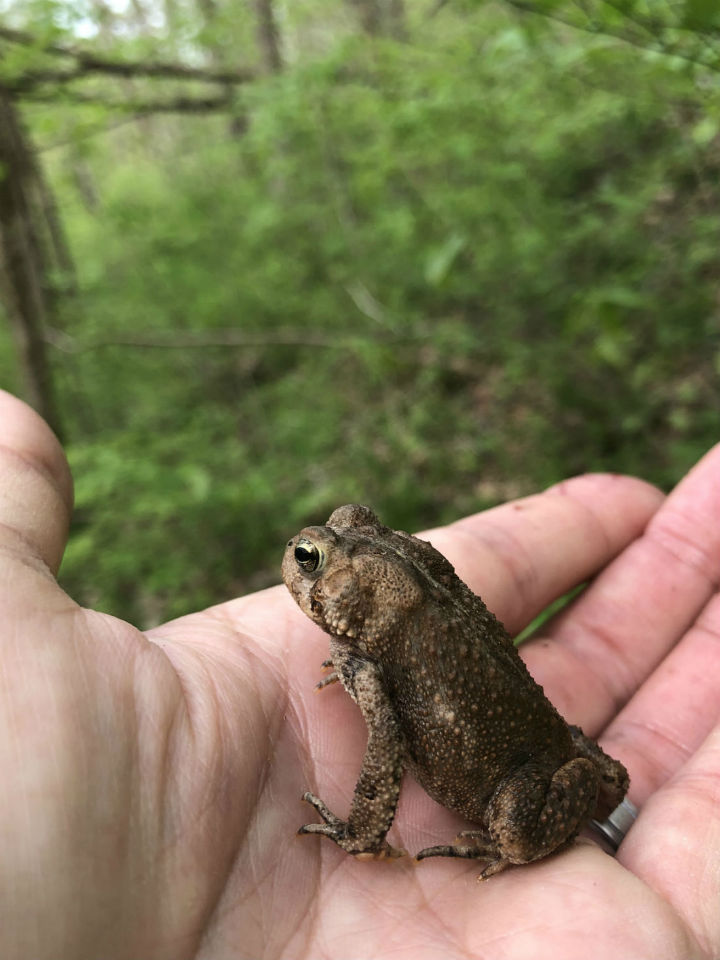
Ringneck Snakes like to hide under rocks and bark at the edges of forests, usually where a forest meets an open area like a field.
